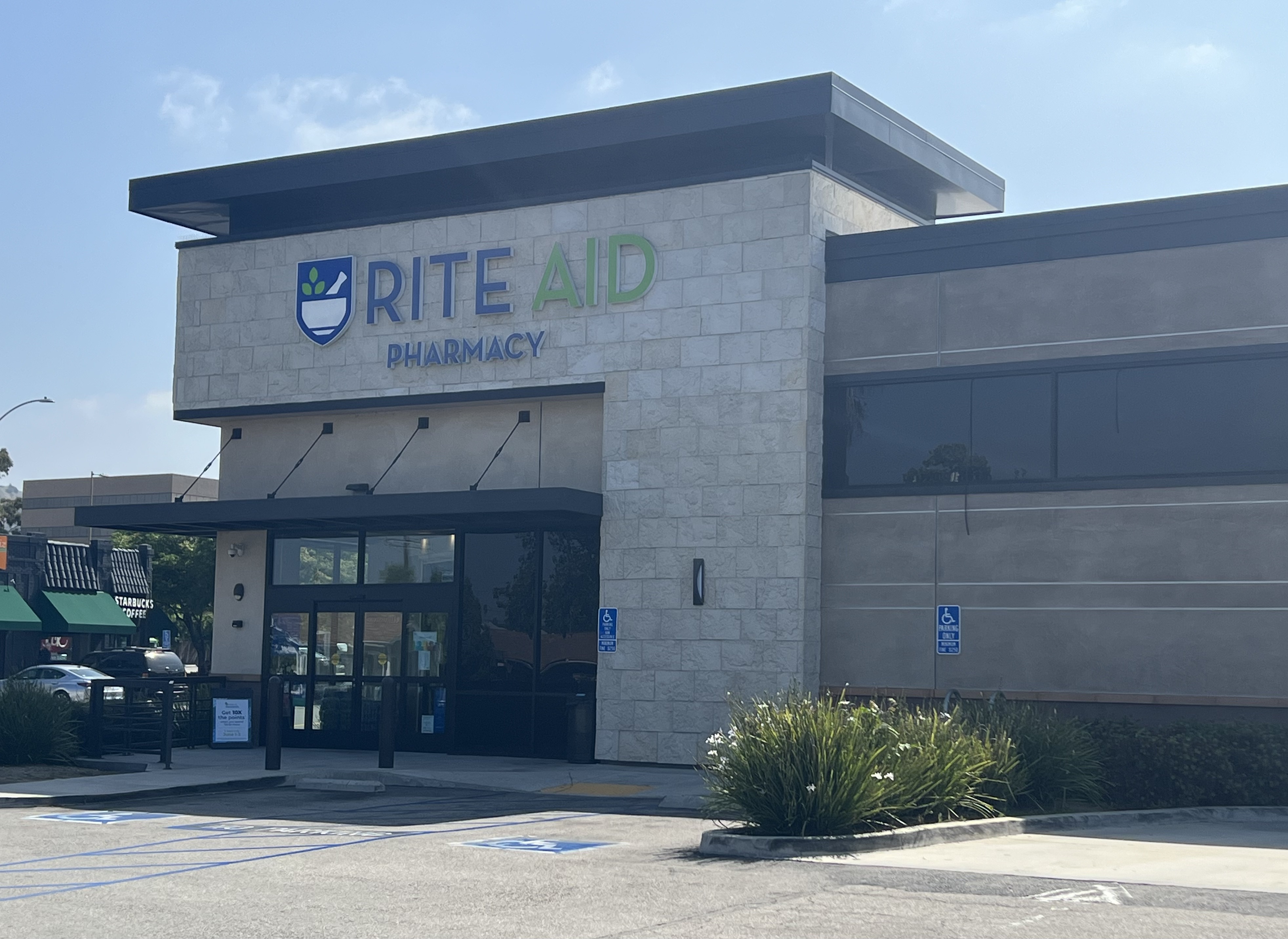Missing old savings bonds? It’s time for a Treasury Hunt
Published 5:00 am Thursday, October 13, 2011
Who couldn’t use an extra $500 or $1,000 or more?
So why is $16.2 billion just sitting there uncollected in the form of U.S. savings bonds?
Maybe an uncle or aunt bought a savings bond for you a long time ago and you never saw it. Maybe someone died.
The federal government doesn’t usually send notices informing you that you did not cash a bond that stopped earning interest 20 years ago.
About 45 million U.S. savings bonds do nothing but collect dust. That’s if they’re shoved aside in a shoe box and haven’t been thrown out.
Never think you could lose anything as valuable as a savings bond? You put everything important in a secure spot? Think again.
“In my house, that ‘safe’ place has changed three or four times in the last 20 years,” said Daniel Pederson, author of the book “Savings Bonds: When to Hold, When to Fold.”
Pederson, a Monroe, Mich.-based expert on bonds who has held seminars that help bond owners avoid costly mistakes, says he knows he’s missing a few bonds, too.
“I have two I bought for my son. I don’t know where I have them right now.”
First stop: The Treasury Department website: http://www.treasuryhunt.gov/.
You enter your Social Security number, and if you have a bond in the Treasury Hunt database, you’d receive an email alert.
But the email does not tell how many bonds you’re missing or what they’re worth. You’re prompted to submit contact information.
The Bureau of Public Debt said a little over 1 percent of the 3 million searches conducted online this year resulted in people sending back contact information. Publicity on ABC’s “Good Morning America” this summer generated more searches than usual.
Michigan resident Catherine Townsend searched the Treasury Hunt after seeing a segment on TV, but she didn’t find a bond for herself. She searched for her husband and found a bond he bought when he first started working at General Motors in the mid-1970s.
“He probably forgot he even had it,” she said. “Anybody can go online and try to see what they have.”
After filing out the proper paperwork, the couple received a little more than $100.
The key is taking the next step. “Some people don’t follow up,” said Lateefah Thompson, public affairs specialist for the Bureau of Public Debt. What can be confusing is that Treasury Hunt will not find every bond. You need to do more work to find really old bonds — or some relatively newer ones.
The online system finds Series E bonds issued in 1974 and after. It only identifies bonds in that group that are not earning interest. The best way to find out about all possible lost or stolen bonds is to contact the Treasury, Thompson said, and submit Form PD F 1048, a six-page form with instructions.
Of course, sometimes tearing up your house works, too. Remember those bonds Mom urged me to buy in the mid-1980s? I thought I had them all — they won’t stop earning interest until 2015 and 2016. But somehow, my sister found a stack of my bonds in my parents’ cedar chest when she looked for other paperwork.
I moved a bit in the ’80s. Did I give the bonds to my parents for safekeeping?
By filing the form 1048, we discovered an unredeemed 1952 bond that we had no clue about. That bond cost $18.75 originally and is now worth $170.66. It stopped paying interest in 1992. Maybe my parents lost that bond when they moved from my grandmother’s house to their first and only home?
In all, the Treasury search found a dozen bonds that belong to my sister, other family members and me. Three unredeemed bonds bought in the 1970s stopped earning interest in 2005 and 2007. Overall, the dozen discovered bonds are worth about $10,000 before taxes. Now, we’ve got more paperwork. Many are still earning interest, so all would not have been found with just Treasury Hunt.
One “lost” bond in the mix is a Series I inflation-indexed savings bond I had bought my son when he was little.
My son, with an eye on high school and college, said: “Well, you better find that bond.”
How to search for old bonds:
• See http://www.treasurydirect.gov to track values of savings bonds and do limited searches for lost savings bonds at “Treasury Hunt.”
• If you want to get more information on lost, stolen or destroyed savings bonds, you can also contact the Treasury Department at http://www.treasurydirect.gov/email.htm.
• It might take five hours to 10 hours to search for lost bonds — including tracking the bonds you already have, filling out necessary forms, making phone calls to the Bureau of Public Debt to better understand the forms, possibly filling out more forms. You’ll need to take a trip to the bank and have a certifying officer at the bank affix a stamp or seal onto the form, too.
And you should be prepared to send forms back and forth with the Bureau of Public Debt.
But if takes 10 hours to find a lost $1,000 or so, you can figure that’s $100 an hour before taxes.
— Detroit Free Press






